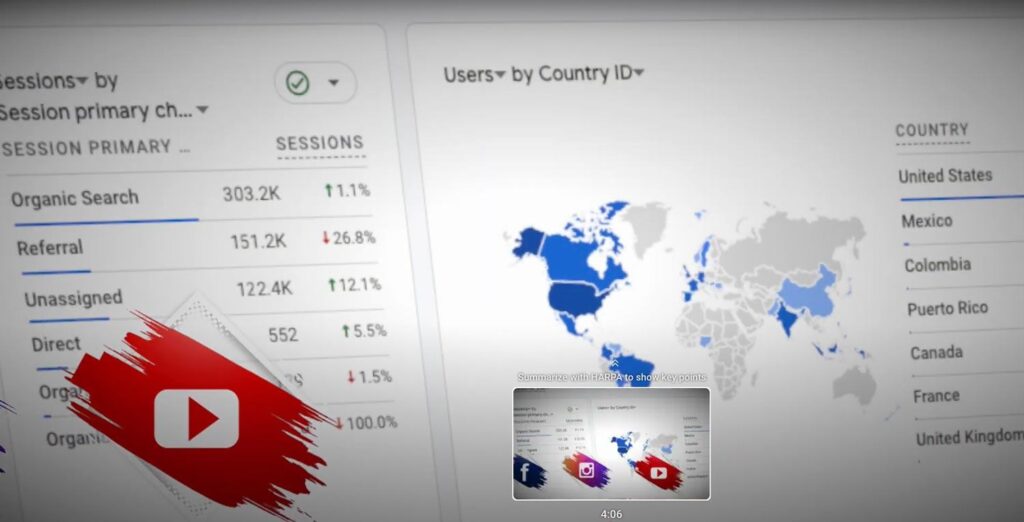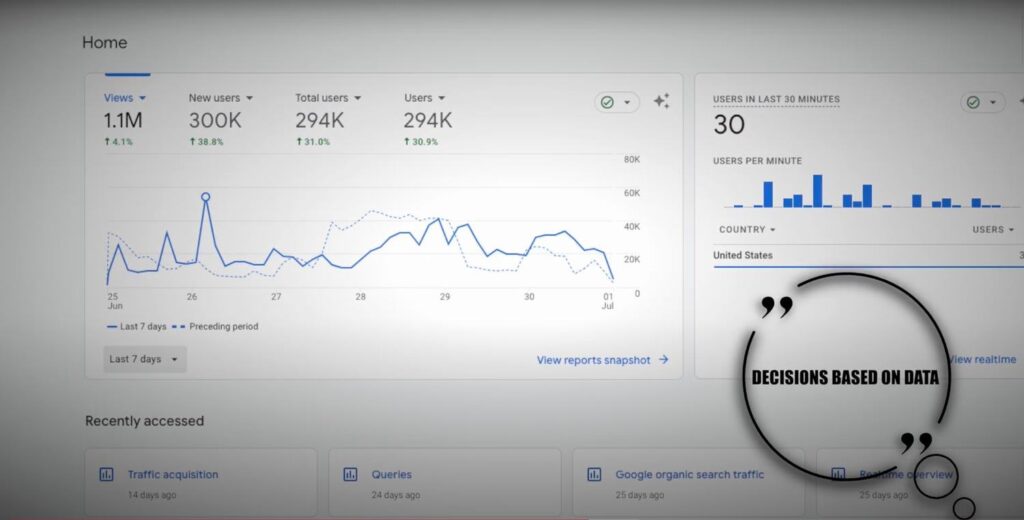INDEX
Buyer PERSONA
Long-Term Content Strategy
In the dynamic world of digital marketing, creating a long-term content strategy that resonates with your audience can be a game-changer. But what makes a content strategy truly effective over time? While there are numerous factors at play, understanding your buyer persona is crucial. Specifically, focusing on one key trait of your buyer persona can make or break your strategy’s success. In this article, we’ll delve into the most important buyer persona trait to consider for a successful long-term content strategy, backed by insights and actionable tips to help you enhance your content marketing efforts.

What Is a Buyer Persona and Why Is It Important?
Before diving into the key trait, let’s clarify what a buyer persona is. A buyer persona is a semi-fictional representation of your ideal customer, based on market research and real data about your existing customers. It encompasses various attributes like demographics, behavior patterns, motivations, and goals. Understanding your buyer persona helps tailor your content to meet the specific needs and preferences of your audience.
The Most Important Buyer Persona Trait: Pain Points
When crafting a long-term content strategy, focusing on your buyer persona’s pain points is crucial. Pain points are the specific problems or challenges your target audience faces that your product or service can solve. By addressing these pain points, you can create content that resonates deeply with your audience, driving engagement and conversions.


Why Pain Points Matter
Increased Relevance: Content that addresses pain points is highly relevant to your audience, making it more likely to capture their attention and interest. According to HubSpot, 70% of marketers actively invest in content marketing, with 60% citing audience relevance as a major factor in their content’s success.
Higher Engagement: Content that solves a problem tends to perform better in terms of engagement. For instance, blog posts and articles that address specific issues often see higher click-through rates and social shares. A study by Content Marketing Institute revealed that 72% of B2B marketers consider creating engaging content as a top priority.
Enhanced Credibility: By consistently addressing your audience’s pain points, you position your brand as a knowledgeable authority in your industry. This builds trust and credibility, which can lead to increased customer loyalty and advocacy.

How to Identify and Address Pain Points
1-Conduct Market Research: Use surveys, interviews, and social media to gather insights about your audience’s challenges. Tools like Google Analytics and social listening platforms can also provide valuable data.
2-Analyze Competitor Content: Review content produced by competitors to identify gaps and opportunities. See what pain points they address and how you can offer a unique or more comprehensive solution.
3-Create Targeted Content: Develop content types that best address identified pain points, such as how-to guides, case studies, or problem-solving articles. Use relevant keywords to ensure your content is discoverable by those searching for solutions.

4-Leverage User Feedback: Continuously gather feedback from your audience to refine and adapt your content strategy. User comments, reviews, and feedback forms can offer valuable insights into emerging pain points.
The Role of Analytics in Refining Your Strategy
To ensure your content strategy remains effective over the long term, regularly analyze performance metrics. Key metrics to track include:
- Engagement Rates: Monitor likes, shares, and comments to gauge how well your content addresses pain points.
- Conversion Rates: Measure how effectively your content drives actions, such as sign-ups or purchases.
- Traffic Sources: Understand where your traffic is coming from to optimize content distribution channels.

Example of Pain Point-Driven Content Success
Consider a company specializing in financial planning services. By focusing on the pain point of “navigating retirement savings,” they can create content such as “5 Common Retirement Savings Mistakes and How to Avoid Them.” This targeted approach not only attracts individuals worried about their retirement but also positions the company as a trusted advisor in retirement planning.
Long-Term Content Marketing Success
In the realm of long-term content strategy, identifying and addressing your buyer persona’s pain points is an essential trait that can significantly impact your success. By focusing on what keeps your audience awake at night, you can create highly relevant and engaging content that not only attracts but retains your target audience.
